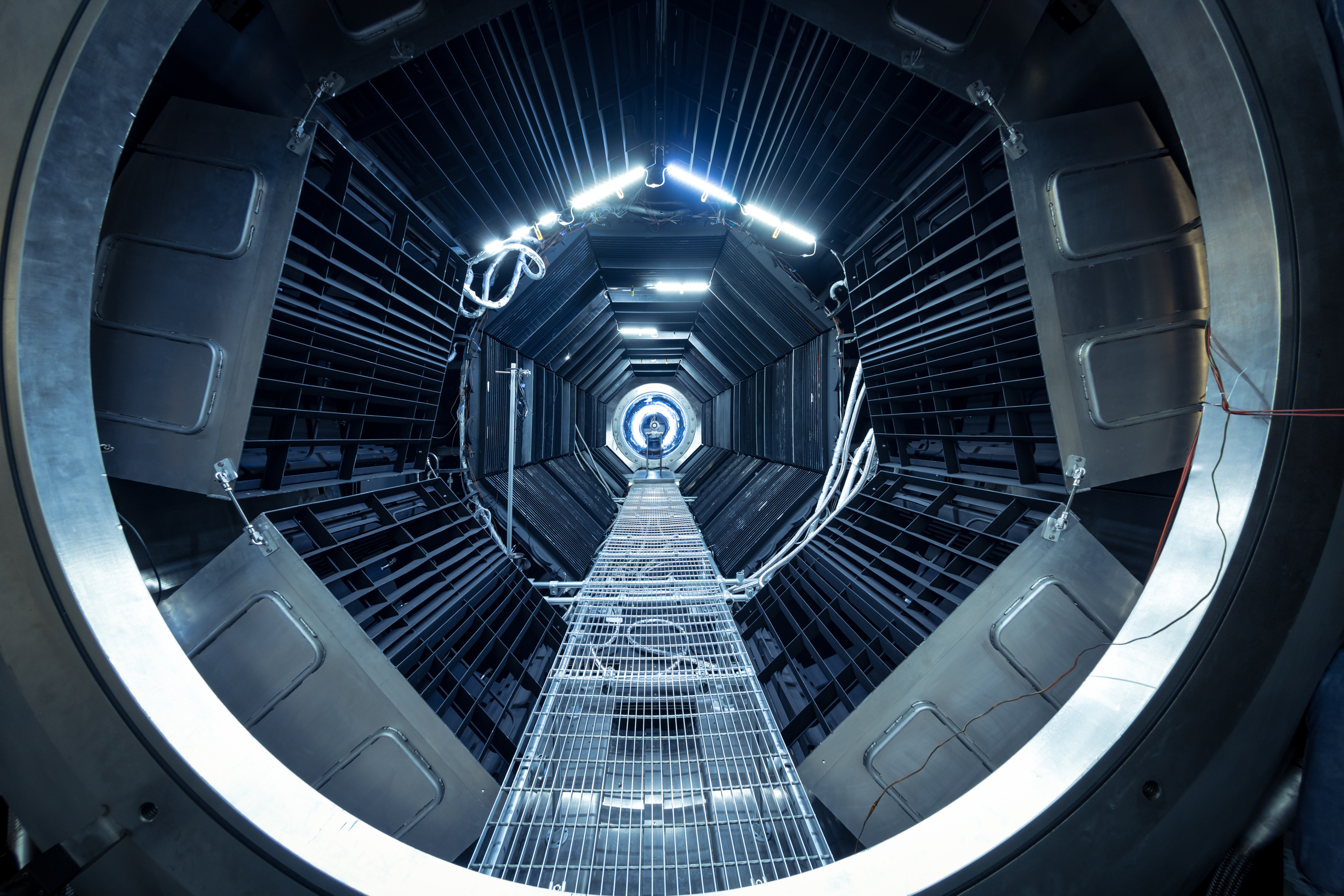
One of the most intractable challenges to realizing space innovation is the “flight-proven” paradox, in which new technologies lack flight heritage and struggle to gain the confidence of the investors, insurers, buyers and regulators required to go to space; yet these innovative solutions cannot gain that heritage—and that confidence—without first being flown.
The Aerospace Corporation is enabling commercial space growth and government partnerships by providing controlled environments that effectively replicate space to verify and validate new capabilities. The use of state-of-the-art testbeds and proving grounds accelerates the path to flight validation and deployment for innovative commercial space capabilities.
If leveraged by the space enterprise to scale, this approach could ultimately lead to expedited pathways to deployment and a new, transformative era of space marked by continually evolving space ecosystems.
The Accelerating Space Capabilities 100 or ASC-100 initiative, a collaboration between Aerospace and the Space Information Sharing and Analysis center, shows how that can be accomplished. This international network of credentialed test facilities simulates real-world space operating conditions, while Aerospace provides the engineering support to companies that lack that expertise.
The program already has successes being tallied: Swissto12 recently tested its electric thrusters inside Aerospace's one-of-a-kind EP3 vacuum chamber. And K2 space tested the largest Hall thruster of its kind under commercial development with robust support and validation by Aerospace.
"This approach not only accelerates the deployment timeline; it also instills confidence in both commercial and government stakeholders by demonstrating that new systems are ready for the rigors of space," said Dr. Andrea Hsu, a senior engineer at Aerospace’s Propulsion Systems Laboratory.
